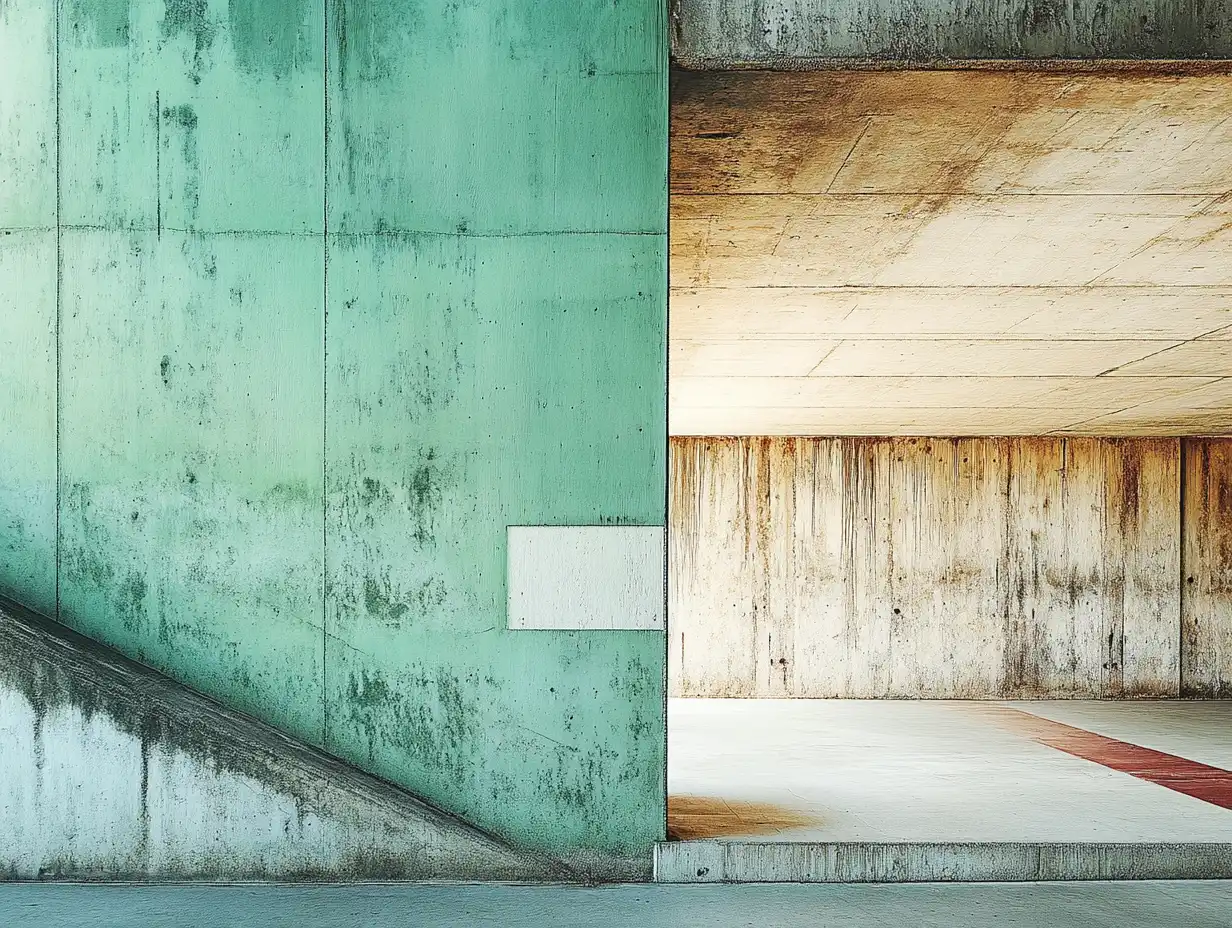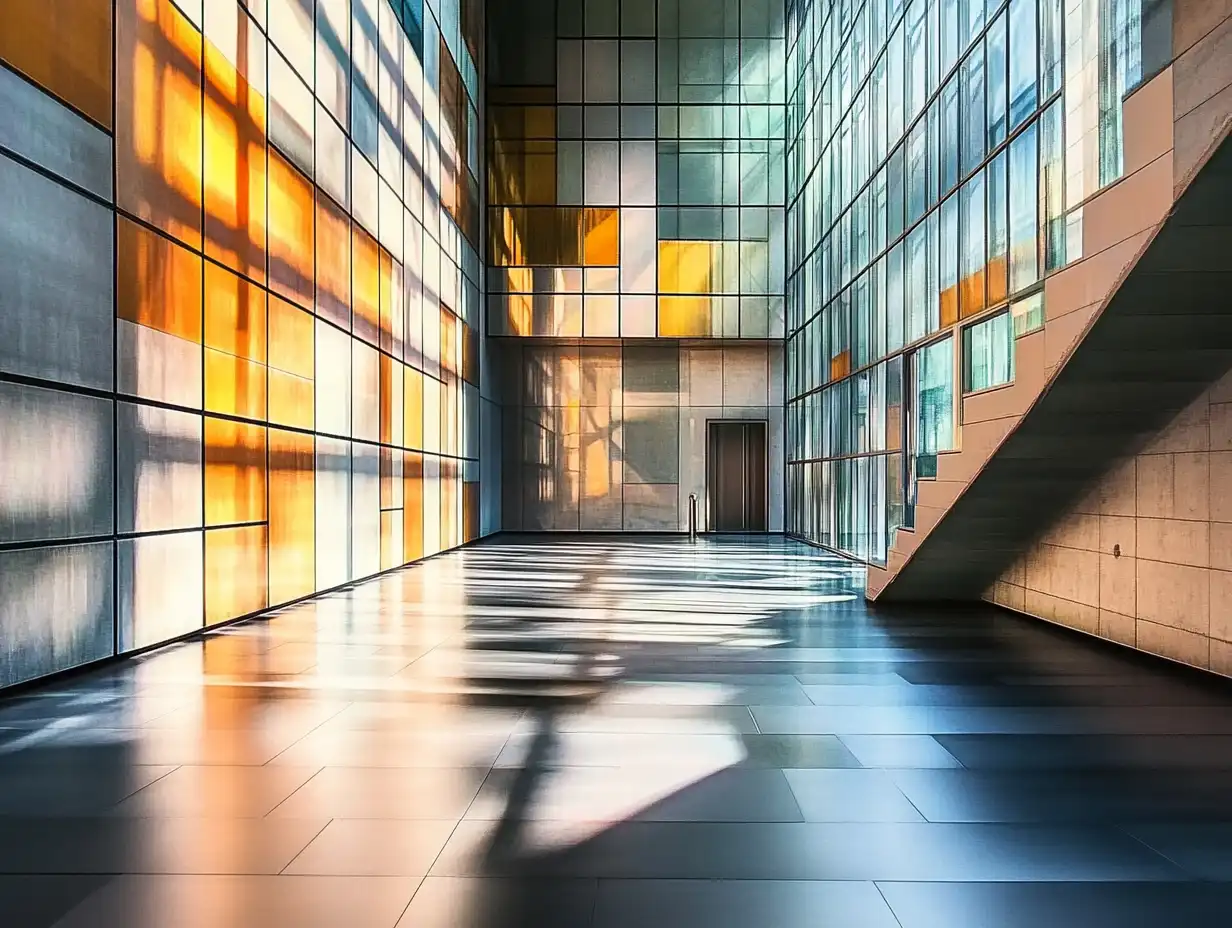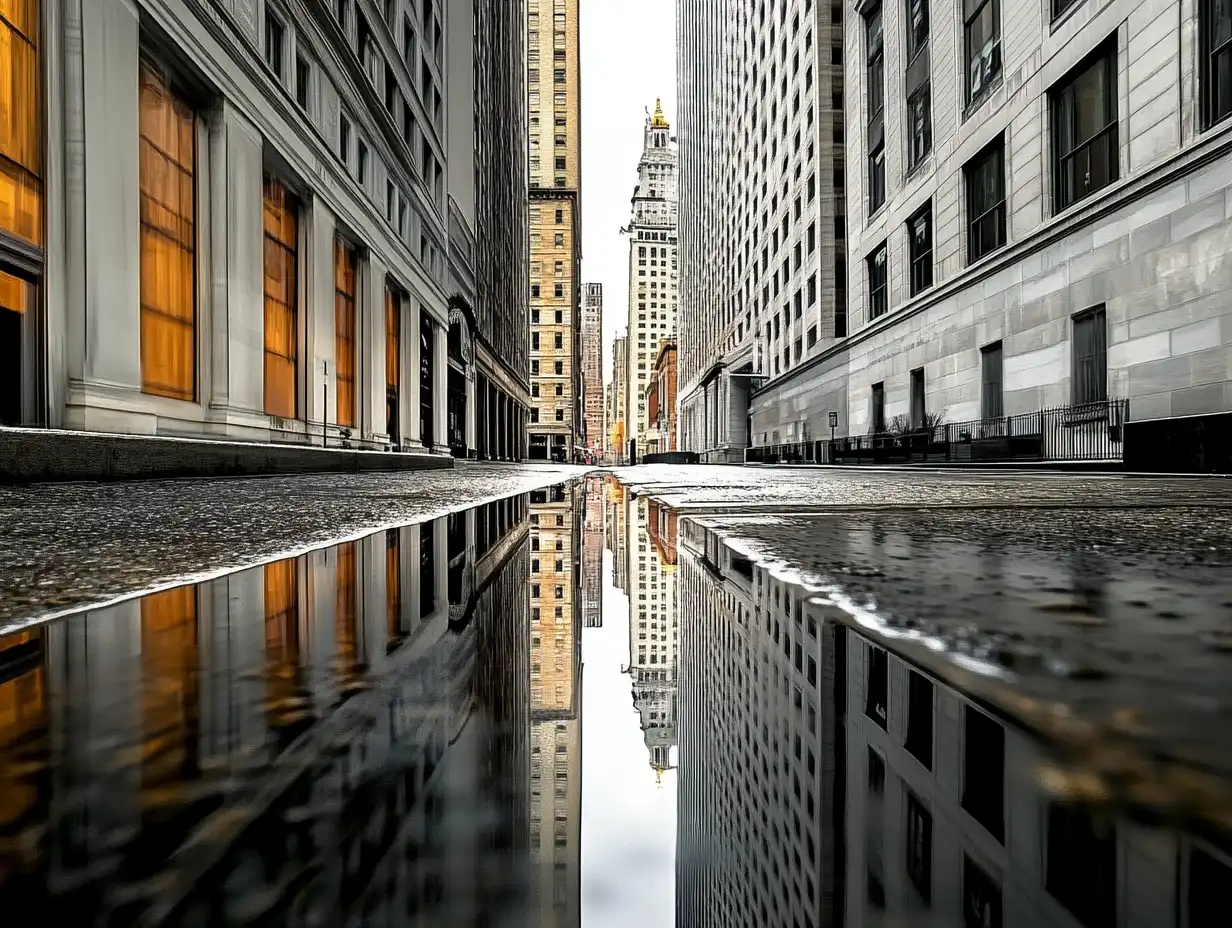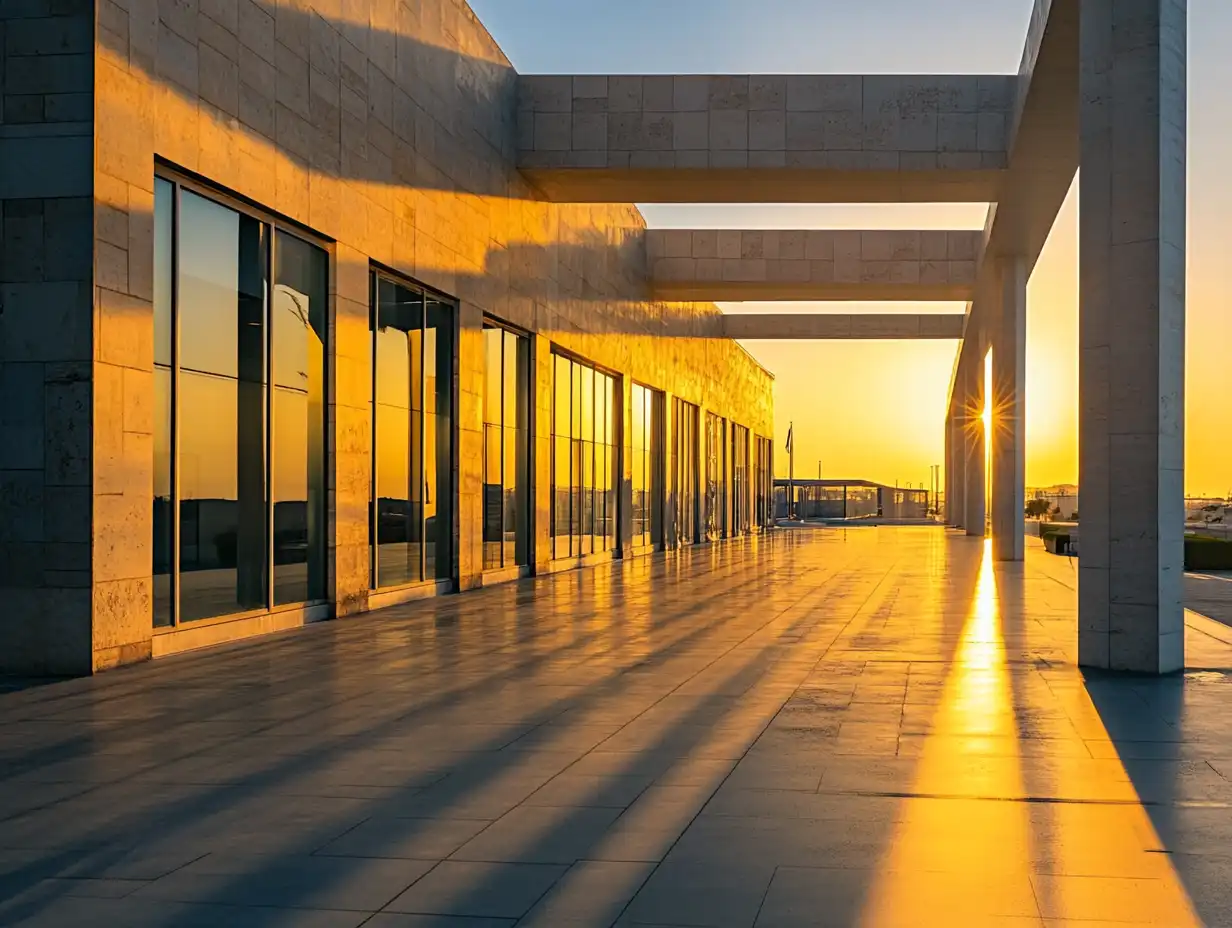Architectural photography isn’t just about capturing buildings; it’s about telling their story through light and composition. Whether it’s the play of shadows on a modern skyscraper or the intricate details of a historic facade, every structure has a unique personality waiting to be revealed. As photographers, we have the power to bring these spaces to life through our lenses.
Mastering light and composition is the key to transforming ordinary shots into breathtaking works of art. It’s not just about snapping a picture—it’s about understanding how light interacts with form and using composition to guide the viewer’s eye. By honing these skills, we can create images that not only showcase architecture but also evoke emotion and inspire awe.

Understanding Architectural Photography
Architectural photography focuses on preserving the character and story of buildings and spaces. Through precise use of light and composition, we aim to showcase the essence of each structure.
Importance of Light and Composition
Light determines the mood and highlights the details in architectural photography. Natural light, such as sunrise or sunset, creates softer and more dramatic effects, while artificial light emphasizes interior features. Properly balancing shadows, reflections, and brightness ensures clarity and depth.
Composition enhances visual impact by guiding the viewer’s eye. Techniques like the rule of thirds, leading lines, and symmetry help create structured, attention-grabbing frames. We tailor compositions to accentuate architectural form, scale, and context.
Capturing the Essence of Structures
Every structure conveys a unique identity tied to its design and purpose. To capture essence effectively, we identify defining details—such as intricate facades, bold lines, or spatial dynamics—and integrate them into the frame.
Angles influence perception significantly. Wide-angle perspectives emphasize scale and grandeur, while tight, detailed shots focus on craftsmanship and textures. Combining perspectives helps narrate the full story of a building’s design and character.
Mastering Light in Architectural Photography
Mastering light is critical in creating captivating architectural photographs. It defines tone, highlights details, and enhances the atmosphere of any structure.

Natural Light vs. Artificial Light
Natural light provides a softer, more dynamic quality, ideal for capturing exteriors or interiors with large windows. For example, midday sunlight accentuates sharp lines, while diffused light on overcast days minimizes harsh shadows. Artificial light adds control and consistency, particularly for interior shots. Lighting fixtures like LED panels or studio strobes highlight key features, ensuring uniformity in environments lacking natural light.
Golden Hour and Blue Hour Photography
Golden hour, shortly after sunrise or before sunset, bathes buildings in warm, soft light, reducing harsh contrasts and enhancing textures. For instance, golden hour is perfect for creating inviting and dramatic exterior shots. Blue hour, occurring just after sunset or before sunrise, casts a cooler, more tranquil tone, making it ideal for capturing urban skylines or illuminated structures.
Handling Shadows and Reflections
Shadows add depth and dimension, emphasizing architectural details. We can use angled light to create dramatic effects or soft, indirect light to maintain uniformity. Managing reflections, especially on glass facades or polished surfaces, enhances clarity. Polarizing filters reduce glare, while minor adjustments to shooting angles minimize unwanted reflections, optimizing the final composition.
Composition Techniques for Stunning Architectural Shots
Composition transforms ordinary architectural photography into visually compelling pieces. Using fundamental techniques ensures every shot accentuates the structure’s essence and guides the viewer’s gaze effectively.

Framing and Perspective
Framing emphasizes architectural details by creatively enclosing subjects within natural or artificial elements. We can use doorways, arches, or windows to direct focus and add dimensionality to the composition. Adjusting perspective, such as shooting from ground level or an elevated position, highlights unique angles and scale. For instance, capturing a skyscraper from below showcases its towering presence.
Use of Leading Lines and Patterns
Leading lines create pathways that guide the viewer’s eyes through the image. Horizontal lines, like railings or roads, add stability, while diagonal lines offer dynamism. Integrating repetitive patterns, such as tiles or facades, stresses texture and rhythm. These techniques highlight design intricacies and maintain viewer engagement.
Balancing Symmetry and Asymmetry
Symmetry conveys harmony and order in architectural photography. Centering facades or staircases enhances visual appeal. On the other hand, asymmetry introduces intentional imbalance, adding intrigue and energy. By combining both, we underscore balance while retaining complexity, ensuring compositions feel dynamic yet cohesive.
Essential Tools and Equipment
Proper tools and equipment are vital for mastering architectural photography. They enhance precision, control, and creativity, ensuring high-quality results.

Cameras and Lenses for Architecture
High-resolution cameras are key for capturing intricate architectural details. Full-frame DSLR and mirrorless cameras, such as the Canon EOS R5 or Sony A7R IV, deliver exceptional image quality and dynamic range. For lenses, tilt-shift options like the Canon TS-E 24mm f/3.5L II correct perspective distortions, crucial for maintaining straight vertical lines. Wide-angle lenses (e.g., Nikon NIKKOR Z 14-24mm f/2.8) cover more of a scene, while prime lenses (e.g., Sigma 50mm f/1.4) provide sharpness for detailed shots.
Tripods and Stabilizing Gear
Tripods ensure stability and precision, especially in long exposure or low-light scenarios. Models with adjustable legs and center columns, like the Manfrotto MT055CXPRO4, offer flexibility for various angles. Pan-tilt or geared heads improve composition accuracy by allowing fine adjustments. Remote shutters or intervalometers prevent camera shake, further enhancing sharpness in critical shots.
Editing Software and Post-Processing
Advanced editing software refines images and corrects imperfections. Adobe Lightroom facilitates global adjustments like exposure and color balance, while Photoshop handles detailed edits, such as removing distractions or manipulating perspective. Luminar Neo offers AI-based tools for enhancing lighting effects, useful in creating consistent and striking architectural visuals.
Tips for Improving Your Skills
Refining our skills in architectural photography involves dedication, experimentation, and continuous learning. By adopting mindful techniques, we can elevate the quality and artistry of our work.

Practicing Patience and Observation
Patience enhances our ability to capture the essence of architecture. We observe how light interacts with the structure, waiting for the optimal conditions to photograph. For example, early morning light highlights architectural elements differently than midday light. Observing patterns in shadows, reflections, or how bystanders interact with the building provides unique storytelling opportunities. Slowing down sharpens our vision and increases attention to detail, leading to impactful compositions.
Exploring Different Architectural Styles
Diverse architectural styles inspire creativity and develop our adaptability. Photographing modern glass skyscrapers requires techniques distinct from capturing historic stone cathedrals. Visiting iconic locations like the Guggenheim Museum in New York or Barcelona’s Sagrada Família offers chances to experiment with varied geometry, texture, and lighting. Exploring different styles expands our technical knowledge and deepens our appreciation for architectural diversity.
Learning from Experts and Critiquing Your Work
Studying the work of professionals like Julius Shulman and Iwan Baan reveals advanced lighting and composition techniques. Viewing their portfolios inspires ideas and demonstrates the impact of perspective, lines, and detail. Regularly reviewing our photographs identifies weaknesses, such as distortions or imbalances, allowing us to refine our approach. Seeking feedback from peers or mentors adds valuable insights to improve image quality and storytelling further.
Conclusion
Architectural photography combines artistry and technical skill, requiring mastery of light, composition, and storytelling. Light serves as the cornerstone, shaping mood, enhancing details, and creating depth, whether using natural or artificial sources. Composition adds structure to the narrative, with tools like leading lines and framing emphasizing a building’s unique features.
The role of equipment is indispensable. High-resolution cameras, tilt-shift and wide-angle lenses, tripods, and editing software elevate image quality and creative expression. Developing expertise involves dedication, experimentation, and learning, from studying iconic work to critiquing our own techniques, ensuring continuous improvement.
By connecting these elements, we breathe life into architectural spaces, transforming static structures into dynamic visual experiences that resonate with viewers.
- architectural photo inspiration
- Architectural photography
- architectural photography inspiration
- Architectural photography techniques
- architecture photo ideas
- architecture photography concepts
- architecture photography techniques
- architecture shot ideas
- best architectural photography tips
- building photography tips
- creative architecture photography
- creative photography architecture
- elevate photography creativity
- inspiring architecture photography
- modern architecture photography
- photographing architecture
- photography ideas for architects
- professional architecture photography
- unique architecture photography
















Leave a comment